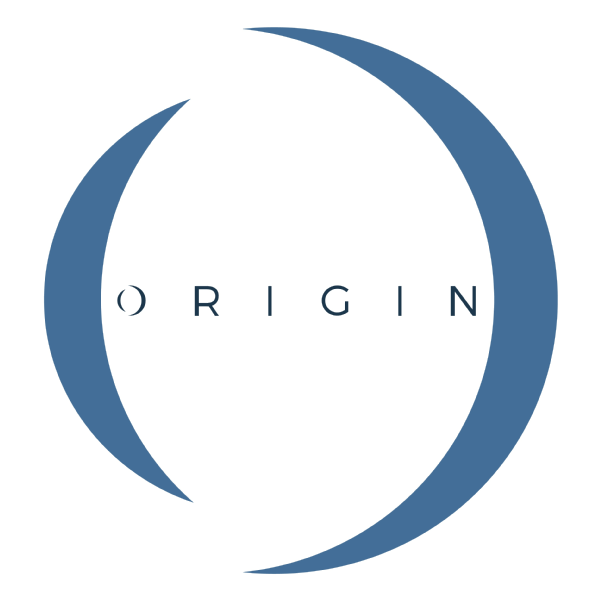Summary of the Product
With respect to its application, origin market helps its dealers automate many of the manual tasks involved in bond origination. It works by maximizing the relationships between issuers and investors over a suite of scalable information asymmetries to sell-side banks for smoother business performance. This greatly increases the opportunities and velocity in larger and less liquid corporate bond trades between banks, institutional investors and exchanges. Origin Market introduced newer products to build the first network online platform for issuers of private placements to post desired sizes, terms and maturities for new offerings directly to the 50 biggest global investors. It created a new trade route to cut middle regular providers of such funding without going through the bank arrangers as usual. Origin clients are in 45 cities across 6 continents, and include some of the biggest names in fixed income.

